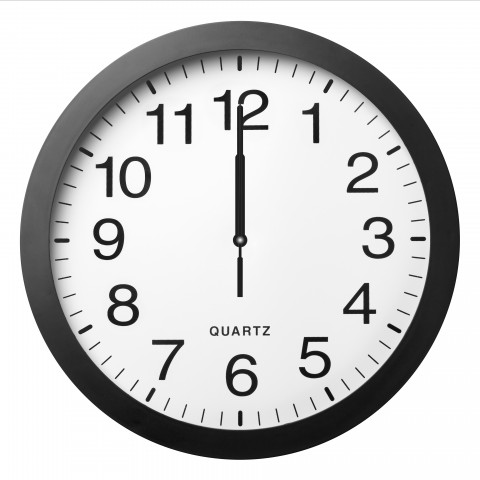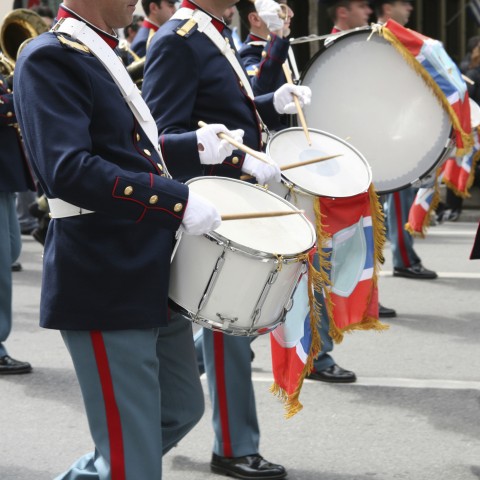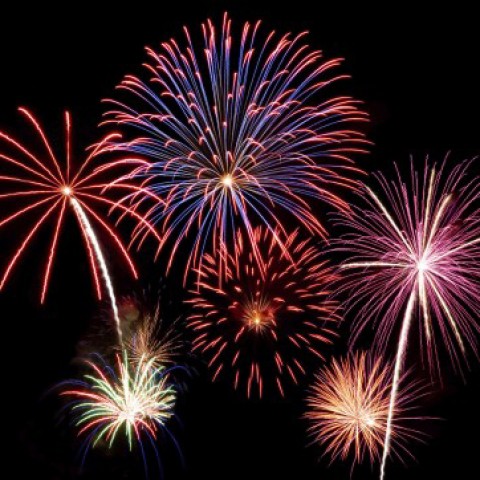The first day of spring for Iranians is the beginning of nature’s cycle, the ending of the current year to start the new one. This is the time when day and night are equal, nature has passed through the cold weather, and moderate weather begins.
The ground wakes from winter sleep, and restarts life and movement again.
Nowruz feast, which is one of the oldest existing customs of the world, has seen some small changes during its history, but still remains and has always been important as a national ritual. Thus, learning about Nowruz traditions and other facts about Nowruz in Iran is vital to understanding the country’s rich culture.
At PersianPod101.com, we hope to make this culture delving both fun and enlightening. So let’s get started!

1. What is Persian New Year?
Persian New Year (also called Nowruz), is the Persian celebration of the coming of spring. It’s a day full of family and festivities, and is, of course, dripping with tradition. There are many Persian New Year traditions that are observed each year, from Nowruz foods to Persian New Year gifts. And of course, Persian New Year greetings.
2. When is Nowruz?
The date of Persian New Year is fascinating, as it takes place on the vernal equinox, marking the beginning of spring. Typically, celebrations take place on March 21, but sometimes it’s celebrated on March 20 or March 22 instead.
3. How is Nowruz Celebrated?
So, how is Nowruz celebrated? Read the Persian text below to find out (you can find the English translation directly below it).
—–
فعالیت های نوروزی در واقع مدتها پیش از عید آغاز می شوند. یکی از این فعالیت ها «خانه تکانی» است که با نزدیک شدن به سال جدید٬ شور و شوق آن در میان مردم اوج می گیرد. در هر خانه ای اعضای خانواده شروع به نظافت٬ شست و شو٬ و مرتب کردن اطراف محل زندگی خود می شوند٬ تا برای شب عید ظاهری تمیز و آراسته داشته باشد. به این اعمال «خانه تکانی» گفته می شود که به معنی تکاندن و زدودن گرد و غبار از خانه می باشد. سپس همگی با پوشیدن لباس های نو و یا تر و تمیز به انتظار تحویل سال جدید می نشینند.
با شنیدن اسم نوروز به یاد سفرهٔ هفت سین می افتیم. سفرهٔ هفت سین عبارت است از مجموعه ای از اشیاء و خوردنی هایی که روی میز یا پارچه ای می چینند و همگی با حرف «سین» از الفبای فارسی شروع می شوند. این اشیاء که هر کدام نشانگر مفاهیم خاصی مانند خیر و برکت هستند معمولاً عبارت اند از- سنجد٬ سیب٬ سبزه٬ سمنو٬ سیر٬ سرکه٬ سماق٬ و سکه. آینه٬ شمع، ماهی قرمز، تخم مرغ رنگی و کتاب دیوان حافظ نیز از دیگر تزئینات سفرهٔ هفت سین می باشند. اعضای خانواده دور این سفره جمع شده عید را به یکدیگر تبریک می گوید و افراد مسن تر به جوان تر ها به عنوان عیدی اسکناس هدیه می دهند.
از مهمترین رسومی که از ایام قدیم برای نوروز به جا مانده است٬ رفتن به «عید دیدنی» است. در این ایام٬ مردم به خانهٔ اقوام٬ دوستان و آشنایان خود می روند٬ از مهمانان خود نیز با شیرینی و آجیل و میوه پذیرایی می کنند و ساعات خوشی را در کنار هم سپری می کنند. همچنین سفر به شهر های مختلف و رفتن به دامن طبیعت نیز از عادات دلپذیر مردم ایران در عید نوروز می باشد. بدین ترتیب مردم خود را برای سالی جدید، سرشار از کار و فعالیت ، شادی و موفقیت آماده می کنند.
آیا می دانستید که برای نوروز نیز شخصیتی شبیه به بابا نوئل وجود دارد با نام «عمو نوروز»؟ او نیز پیرمرد ریش دار مهربانی است که آمدن سال نو را به مردم خبر می دهد. شخصیت دیگری نیز با نام «حاجی فیروز» با چهرهٔ سیاه شده و لباس های قرمز و طبل کوچکی در دست در خیابان ها به رقص و آواز و شیرین کاری پرداخته مردم را سرگرم می کند.
—–
Nowruz activities, in fact, begin several days before the Eid. One of these activities is spring cleaning. As the new year approaches, happiness and enthusiasm fill the heart of people. In each house, family members begin to clean, wash, and tidy around their living areas to have a clean and tidy appearance for the Eid. These activities are called “Khane Tekani,” which literally means shaking out or removing of dust from their house. Then, all family members put on their new or clean clothes and wait for the beginning of the New Year.
When we hear Nowruz, we remember Sofre-ye Haft-Seen. Sofre-ye Haft-Seen includes a series of objects and food they set on the table or a piece of cloth, whose names begin with the sound “s” in Persian. These objects, which represent such concepts as goodness and blessings, usually include: Senjed (dried oleaster wild olive fruit), Sib (apple), Sabze (sprouts from green plants), Samanoo (sweet pudding), Sir (garlic), Serke (vinegar), Somaq (sumac), and Sekke (a coin). A mirror, candle, goldfish, colored eggs, and collection of Hafez poems are among the other decorations on Sofre-ye Haft-Seen. Family members gather around this cloth, congratulating each other on the Eid, and the older members give the younger ones paper money as New Year gifts.
One of the most important traditions that still remains from ancient times is eid didani. On these days, people visit relatives, friends, and acquaintances, receiving their guests by giving them candies, dried nuts, and fruit. They spend happy hours together. Making a trip to various towns and spending time in nature are among popular activities with Iranians on Nowruz. This way, people prepare themselves for a year full of work, activity, jubilation, and success.
Did you know that there is a character like Santa Claus for Nowruz called “Amu Nowruz” (Uncle Nowruz)? He is also a kind white bearded old man who announces the coming New Year to people. There is also another character called “Haji Firouz” with a black face and red clothes, who takes a small drum on the streets and dances, sings, and does funny things to amuse people.
4. Additional Information
The first Nowruz food eaten in the New Year is commonly “Sabzi Polo ba Maahi.” The hope for the greenness and productivity of nature, the bounty of rice, the active movements of the fish, and the symbol of appreciating the bounties of God in the New Year are some reasons for this dish’s popularity.
5. Must-know Vocab
Here’s some vocabulary you should know for the Persian New Year!
To hear each vocabulary word pronounced, check out our Persian New Year vocabulary list. Here, you’ll find each word accompanied by an audio of its pronunciation.
Conclusion
Now you know about Nowruz, the Persian New Year celebration. Does your country celebrate the New Year similarly to Iran, or are celebrations in your country different? Let us know in the comments!
To learn more about the Persian language and culture, visit us at PersianPod101.com. We offer an array of insightful blog posts as well as free vocabulary lists. You can also upgrade your account to begin using our MyTeacher program for a one-on-one learning experience with your own personal Persian teacher!
Know that your hard work will soon reap benefits, and you’ll be speaking Persian like a native before you know it. In the meantime, reward your efforts with a nice glass of shaampaayn. 😉














